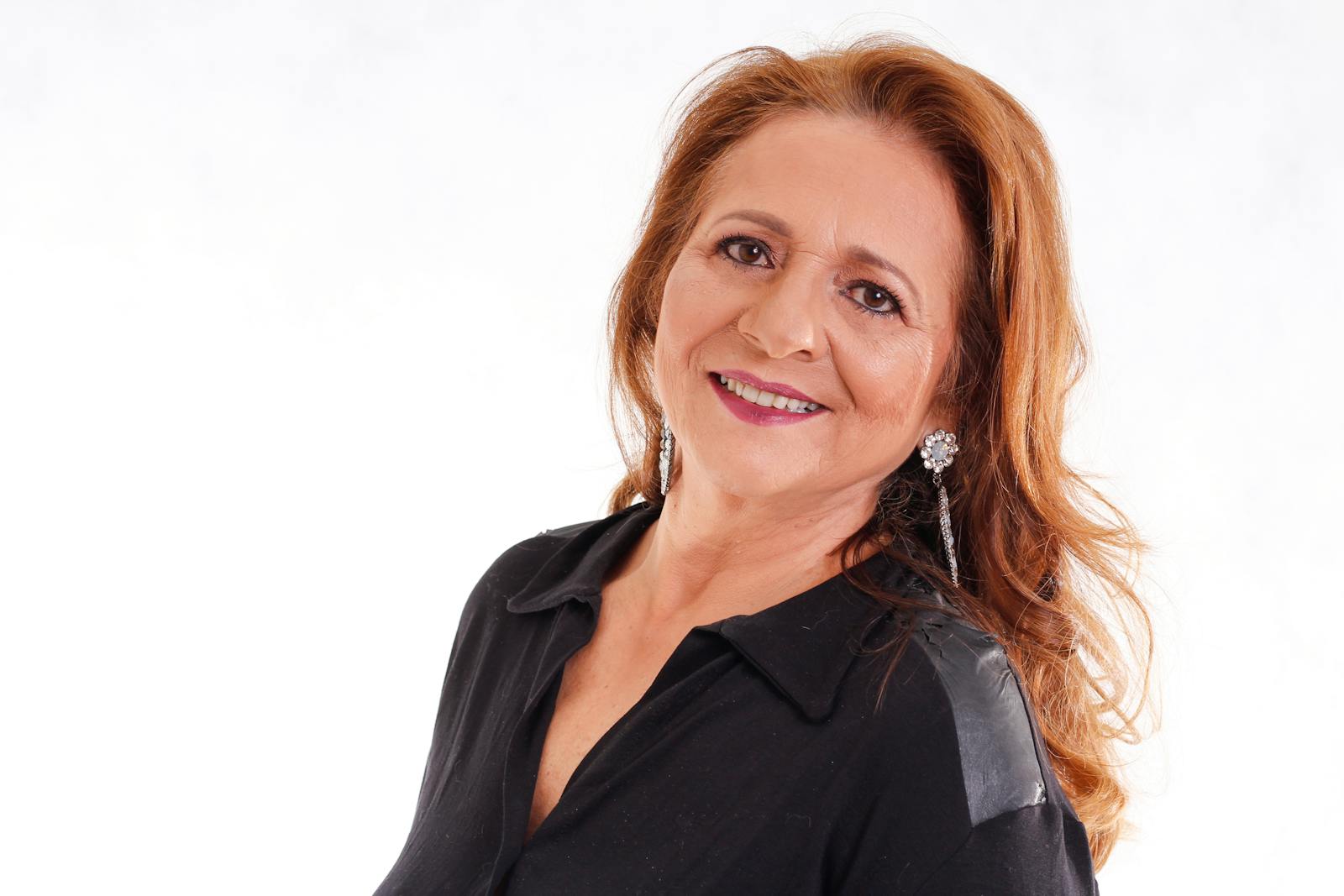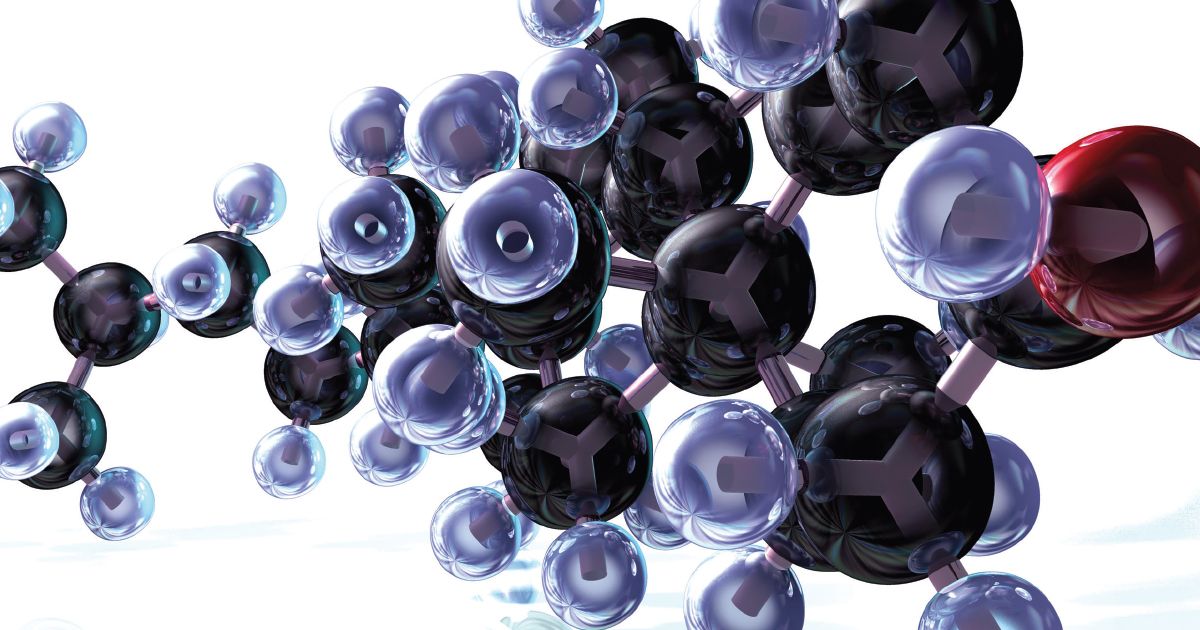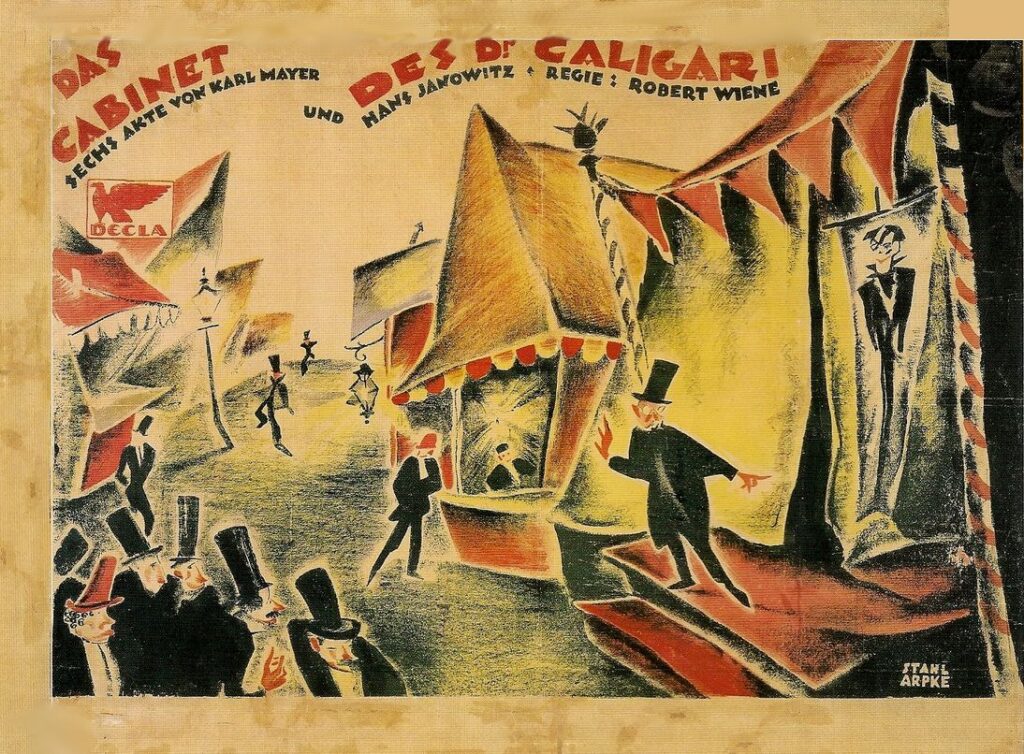
Hey grammar gurus and word nerds! Ever find yourself staring blankly at a sentence, wondering if you should use ‘worse’ or ‘worst’? You’re definitely not alone! These two words are like the mischievous twins of the English language – they look and sound so similar, yet their meanings, while related, are distinct enough to throw even the most seasoned writers for a loop. But fear not, because we’re about to embark on a fun, no-judgment journey to conquer this common linguistic challenge once and for all.
The truth is, ‘worse’ and ‘worst’ are incredibly useful. They’re our go-to words for telling the world that something is, well, ‘more bad’ or ‘most bad.’ Think about it: without them, how would we effectively communicate a deteriorating situation or the absolute rock-bottom of a bad experience? It would be a lot ‘more bad’ trying to explain things without them, wouldn’t it? (See what I did there?)
In this epic breakdown, we’re going to dive deep into the fascinating world of comparative and superlative adjectives, explain exactly how these two troublemakers fit in, and clear up all the confusion around those common expressions that always seem to trip us up. Get ready to level up your English game because by the end of this, you’ll be a ‘worse’ and ‘worst’ wizard!

1. **The Core Difference: Comparative vs. Superlative**Let’s kick things off with the absolute basics, because grasping the core distinction between ‘worse’ and ‘worst’ is key. Our guide reveals that “Worse is what’s called the comparative form, basically meaning “more bad.” Worst is the superlative form, basically meaning “most bad.”” This quick summary is pure gold for understanding their fundamental roles.
When you’re comparing just two things, ‘worse’ is your word. You’re saying one item or situation is “more bad” than the other, like when you declare, “My brother is bad at basketball, but honestly I’m worse.” It highlights a direct negative comparison between only two options.
On the flip side, ‘worst’ steps in when you’re comparing more than two things or declaring an absolute extreme. It’s not just “more bad,” it’s “most bad.” Think, “Out of the five exams I have today, this one is going to be the worst.” This signals the lowest point among an entire group.
The guide crystalizes this: “Worse is used when making a comparison to only one other thing.” In contrast, “Worst is used in comparisons of more than two things” or “state that something is the most extreme out of every possible option.” This is the foundational concept we’ll build on.
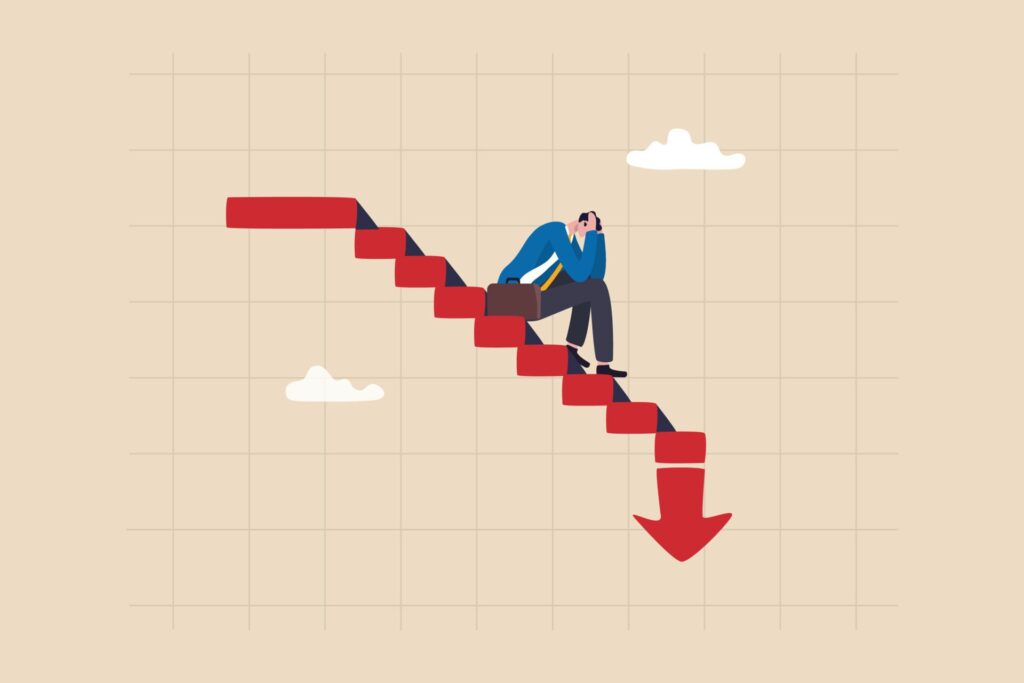
2. **”Worse” as “More Bad”: When to Use It**Diving deeper into ‘worse’, remember it’s the “comparative form” of ‘bad’, meaning it’s literally “more bad.” This word is your go-to when you’re placing two things side-by-side and one is a definite step down in quality or desirability compared to the other. It implies a negative progression or a direct downgrade.
The context provides some perfect examples. Imagine, “Your breath is bad, but mine is worse.” Here, two breaths are clearly being compared, with one explicitly being “more bad.” Another vivid illustration: “The situation was bad and it just got worse.” This perfectly captures a downward trend.
Our guide emphasizes that “Worse is used when you want to express that something has become less favorable than previously.” It’s about signaling “a sense of deterioration, decline, or inferiority in relation to another thing or situation.”
Think about a beloved item of clothing that “has been washed a thousand times and looks worn down.” Its quality is undoubtedly “worse than when you first bought it.” This showcases ‘worse’ illustrating a comparison of two states and an overall decline, a straightforward one-on-one negative evaluation.
Read more about: Mastering ‘Worse’ vs. ‘Worst’: A Consumer Reports Guide to Eliminating Common Grammatical Errors
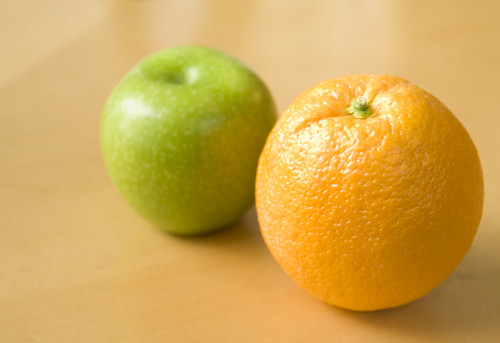
3. **”Worst” as “Most Bad”: The Absolute Bottom**Now, let’s turn our attention to ‘worst’, the word for when something truly hits rock bottom. This isn’t just about comparing two things; it’s about declaring something the ultimate low point, the bottom of the barrel, or the least desirable option among an entire group. It’s the “superlative form” of ‘bad’, signifying the highest degree of negativity possible.
The context powerfully highlights this, stating, “Worst is used in comparisons of more than two things.” This is the critical differentiator. If you’re ranking multiple items or scenarios by their ‘badness’, the one at the very end of that undesirable list will be “the worst.” For example, “Yours is bad, mine is worse, but his is the worst.”
Consider another relatable scenario: “That was the worst meal I’ve ever eaten.” This doesn’t just compare it to one other meal; it implicitly compares it to *every single meal* the speaker has ever had. This particular meal holds the undisputed title of “most bad” among them all.
As our guide clarifies, ‘worst’ is “reserved for identifying the absolute lowest quality or most negative state among a group.” It conveys no room for anything being more undesirable or inferior. It’s the final, definitive judgment of ‘badness’.
Read more about: Mastering ‘Worse’ vs. ‘Worst’: A Consumer Reports Guide to Eliminating Common Grammatical Errors

4. **The “Good” Analogy: Think “Better” and “Best”**Sometimes, understanding a tricky concept becomes much easier when you have a familiar parallel. For ‘worse’ and ‘worst’, that perfect analogy lies in their positive counterparts: ‘better’ and ‘best’. Our guide explicitly points out, “Worse and worst are just like the words better and best, which are the comparative and superlative forms of the word good.”
If you’re comfortable with ‘good’, ‘better’, and ‘best’, you’re already halfway to mastering ‘bad’, ‘worse’, and ‘worst’. ‘Good’ is the baseline. When comparing two things, and one is superior, you use ‘better’: “This cookie is good, but that one is better.” This mirrors the two-item comparison of ‘worse’.
When you have a whole array of items and one stands out as the ultimate champion, you use ‘best’. “This cookie is good, that one is better, but *this* one right here? It’s the best I’ve ever had!” That’s the superlative in action, comparing one item against a group.
This direct parallel makes the concept incredibly intuitive. Just as ‘better’ is “more good” and ‘best’ is “most good,” ‘worse’ is “more bad” and ‘worst’ is “most bad.” It’s a simple, elegant mental model that helps cement the roles of comparative and superlative forms for these irregular adjectives.
Read more about: Mastering ‘Worse’ vs. ‘Worst’: A Consumer Reports Guide to Eliminating Common Grammatical Errors

5. **Breaking the Rules: Why “Worse” and “Worst” Are Special**You know how usually, forming comparative and superlative adjectives is pretty straightforward? We often just add “-er” or “-est” to the end of a word. The context confirms this: “In most cases, the comparative form… adding -er to the end (faster, smarter, bigger, etc.).” And for superlatives, “it’s most common to add -est to the end of the word (fastest, smartest, biggest, etc.).”
But here’s where ‘worse’ and ‘worst’ decide to march to the beat of their own drum! They don’t follow these conventional rules. Instead of politely becoming “badder” or “badest” (which, let’s be honest, sounds pretty terrible), they adopt completely different forms. This makes them what grammarians call “irregular adjectives.”
This irregularity is what makes them special, and sometimes, a little tricky for learners. Their forms aren’t predictable based on the root ‘bad’. However, there’s a little linguistic Easter egg in their spelling that can help us remember their superlative nature.
The guide points out, “Worse and worst don’t follow these rules, but you can see a remnant of the superlative ending -est at the end of worst and best, which can help you remember that they are superlatives.” That subtle “-st” is a helpful clue, even as the word itself undergoes a significant transformation.
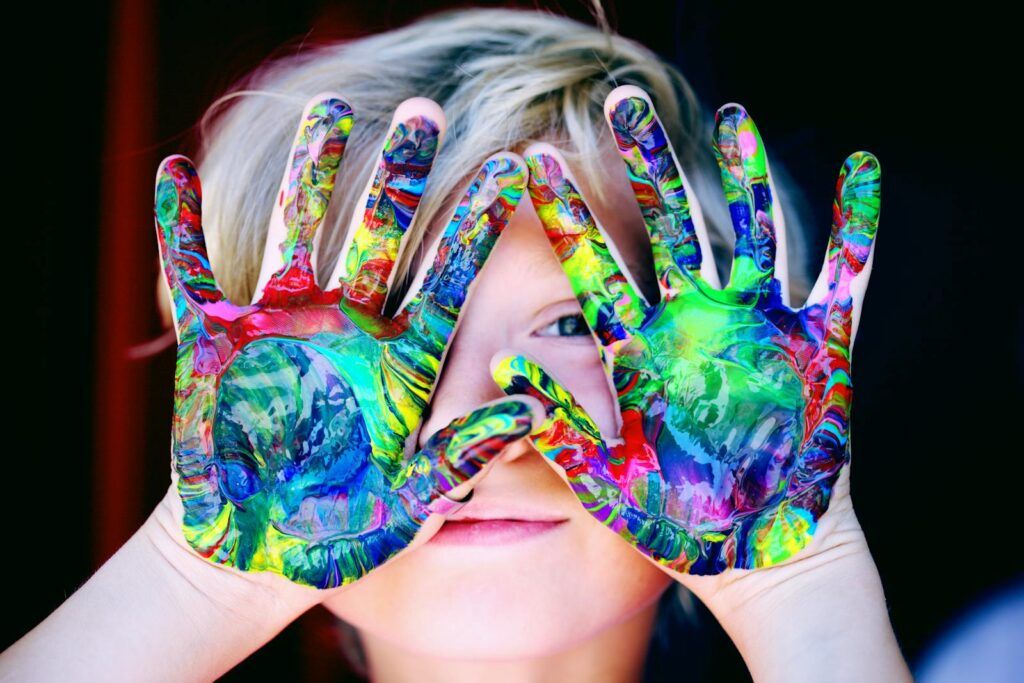
6. **The Classic “From Bad to Worse” Expression**Let’s explore some fantastic idioms that make English so expressive! One of the most common, and frankly, most vivid, expressions using our focus words is “from bad to worse.” This isn’t just a casual phrase; it’s a perfectly crafted mini-narrative, instantly conveying a downward spiral.
The context explicitly states, “Worse is used in the expression from bad to worse, which means that something started bad and has only deteriorated in quality or condition.” This phrase beautifully illustrates the comparative nature of ‘worse’, showing a clear progression.
It implies a journey: things were already ‘bad’, but then they took a definite turn for the even ‘more bad’ or ‘worse’. It signifies a deepening of an already undesirable state, rather than reaching the absolute lowest possible point. It’s about a negative trajectory.
The example given perfectly captures this: “My handwriting has gone from bad to worse since I graduated high school.” We can all relate to that, right? It implies a demonstrable decline in quality compared to its previous bad state, a vivid way to describe a negative trend using ‘worse’ in its comparative role.
Alright, grammar adventurers, after mastering the basics of ‘worse’ and ‘worst,’ you might think you’re ready for anything. But wait, there are a few more twists and turns in this linguistic journey, especially when these words pop up in popular phrases! We’re diving headfirst into some common tricky expressions and even uncovering ‘worst’ in some unexpected roles. Get ready to supercharge your English skills even further!

7. **Navigating the Tricky Terrain of ‘Worst Case’ vs. ‘Worse Case’**Ever caught yourself pausing before saying ‘worst case scenario’ and wondering if it should actually be ‘worse case’? You’re not alone! This is a super common point of confusion, but thankfully, our handy guide clears it right up, helping us avoid any grammatical snafus.
According to the context, the phrase ‘worst case’ is specifically used in two key idiomatic expressions: ‘in the worst case’ and ‘worst-case scenario.’ These aren’t just any old pairings of words; they’re set phrases that carry a very particular meaning. They’re all about that dreaded situation that’s “as bad as possible compared to any other possible situation.”
Think about it: when you’re talking about the *absolute lowest* point or the *most extreme* negative outcome, you need the superlative form, ‘worst.’ It’s not just a little bad; it’s the ultimate bad! For example, our context offers, “In the worst case, the beams will collapse instantly” and “This isn’t what we expect to happen—it’s just the worst-case scenario.” These clearly paint a picture of the direst possibility.
Now, here’s a cool distinction: while ‘worst case’ is a fixed expression, the words ‘worse’ and ‘case’ *can* appear together in a sentence without forming an idiom. The context gives a great example: “Jacob had a worse case of bronchitis than Melanie did.” In this instance, ‘worse’ is simply acting as a comparative adjective, describing a ‘case’ that is “more bad” than another specific ‘case.’ See the difference? It’s subtle, but oh-so-important!

8. **Showcasing Diverse Real-World Examples**Learning grammar is cool, but seeing it in action? That’s when the real magic happens! Our guide provides a fantastic collection of real-life sentences, showing how ‘worse’ and ‘worst’ elegantly navigate different scenarios. Let’s break down a few to truly cement our understanding.
Take this gem: “I think the pink paint looks worse on the wall than the red paint did.” Here, ‘worse’ is doing its comparative duty, evaluating two paint colors against each other. It’s a direct, side-by-side assessment of which one is “more bad” or less favorable in appearance. No grand statements, just a straightforward comparison.
Then we have: “Out of all of us, Tom had the worst case of poison ivy.” This is a classic ‘worst’ scenario. We’re not just comparing Tom to one other person; we’re comparing him to an entire group—”all of us.” Tom’s case of poison ivy is explicitly declared the “most bad” or most severe among everyone, placing him firmly at the bottom of the itch pile.
Another awesome example is: “Debra Deer had a worse finishing time than Charlie Cheetah, but Sam Sloth had the worst time by far.” This sentence perfectly illustrates both words! Debra’s time is ‘worse’ (more bad) than Charlie’s, a two-person comparison. But Sam Sloth? Oh, Sam is the undisputed champion of slowness, with the ‘worst’ (most bad) time among all racers.
And for that familiar downward spiral: “My grades went from bad to worse after I missed a few classes.” This beautifully showcases ‘worse’ in its role of indicating deterioration. Grades weren’t great to begin with, but missing classes pushed them into an even “more bad” state, highlighting a clear negative progression. Finally, the context provides an example of the ‘worst-case scenario’: “It’s possible that the losses could lead to bankruptcy, but the company is doing everything it can to avoid this worst-case scenario,” clearly outlining the most extreme negative outcome possible.
Read more about: Exploring the Power of Eight: A Deep Dive into Its Engineering, Performance, and Global Impact

9. **Revealing the Lesser-Known Uses of ‘Worst’ as a Noun**Who knew ‘worst’ had so many hidden talents? Beyond being just an adjective, our trusty guide shows us that ‘worst’ can actually moonlight as a noun! This is where things get really interesting and can add some serious flair to your vocabulary.
When ‘worst’ functions as a noun, it essentially refers to “something that is the baddest possible.” It’s not describing *what* is bad, but rather *the thing itself* that represents the absolute lowest point. The context confirms this, stating, “Worst as a noun means something is the baddest out of a group. This sense is almost always phrased as “the worst.””
Think of phrases like “Prepare for the worst.” Here, ‘the worst’ isn’t modifying anything; it’s the subject of what you’re preparing for – the absolute least desirable outcome. It’s the ultimate negative entity or state. Similarly, “at worst” means “if the worst happens; under the worst conditions,” referring to the lowest possible level of adversity.
Our comprehensive context further expands on ‘worst’ as a noun. It can refer to “the least good or most inferior person, thing, or part in a group,” or even “the most poor, unpleasant, or unskilled quality or condition.” Imagine a critique where “television is at its worst these days,” identifying a period of lowest quality. It can also signify “the greatest amount of damage or wickedness of which a person or group is capable,” like when “the invaders came and did their worst,” describing their ultimate destructive capacity. Or, on a lighter note, “the weakest effort or poorest achievement” someone can muster, like “the applicant did his worst at the test because he did not want the job.” It’s a versatile little word, isn’t it?
Read more about: 14 Revolutionary War Films That Missed the Mark on History — A Deep Dive into Cinematic Liberties
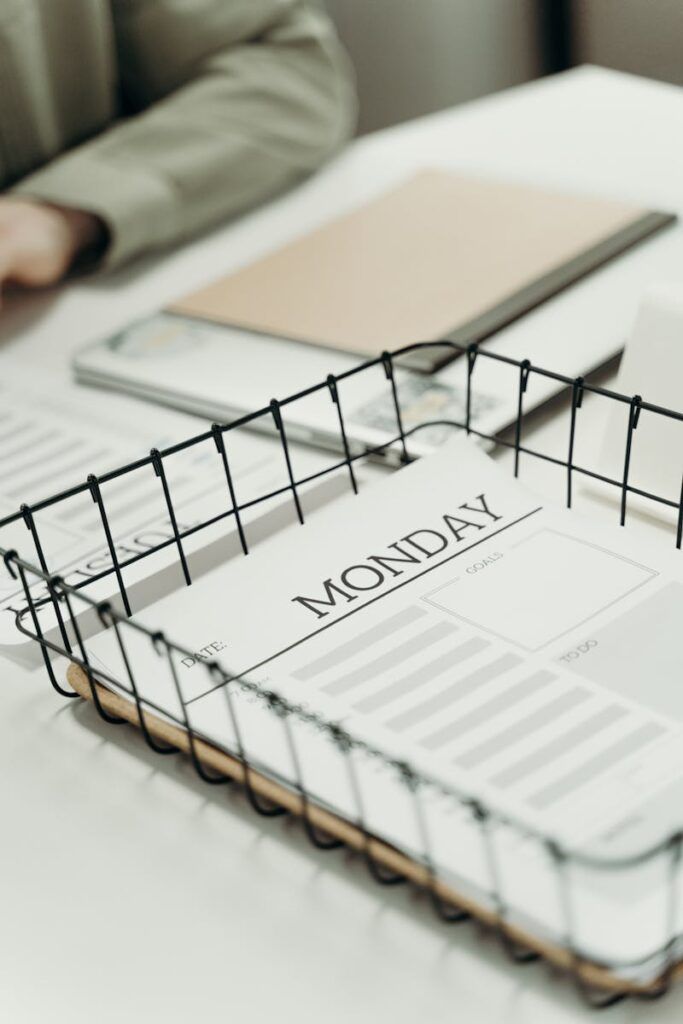
10. **Revealing the Lesser-Known Uses of ‘Worst’ as an Adverb**Just when you thought ‘worst’ couldn’t get any more impressive, it pulls out another trick: it can also act as an adverb! This means it can describe *how* something is done, in the most negative possible way. It’s the superlative form of ‘badly,’ indicating the highest degree of poor execution or undesirable manner.
Our guide defines ‘worst’ as an adverb by saying it “describes something as being done in as bad a manner as possible.” So, instead of describing a bad *thing*, it describes something being done *badly*, but to the absolute maximum extent. It’s about performing at the bottom of the barrel, or experiencing something at its most intense negative.
Think about it this way: if someone performs an action “in the worst manner,” they’re doing it as poorly as humanly possible. Or if something happens “in the greatest degree” of severity, that’s ‘worst’ at play. The context also mentions “with the most severity, intensity, etc.; in the greatest degree,” reinforcing this idea of ultimate negative impact or action.
Furthermore, ‘worst’ as an adverb can mean “least well, suitably, or acceptably.” It’s often seen in combination, too! Our guide provides “worst-loved” as an example, showing how it describes the extent to which something is loved—or rather, not loved—to the smallest possible degree. It truly underlines the ultimate negative extent of an action or state.
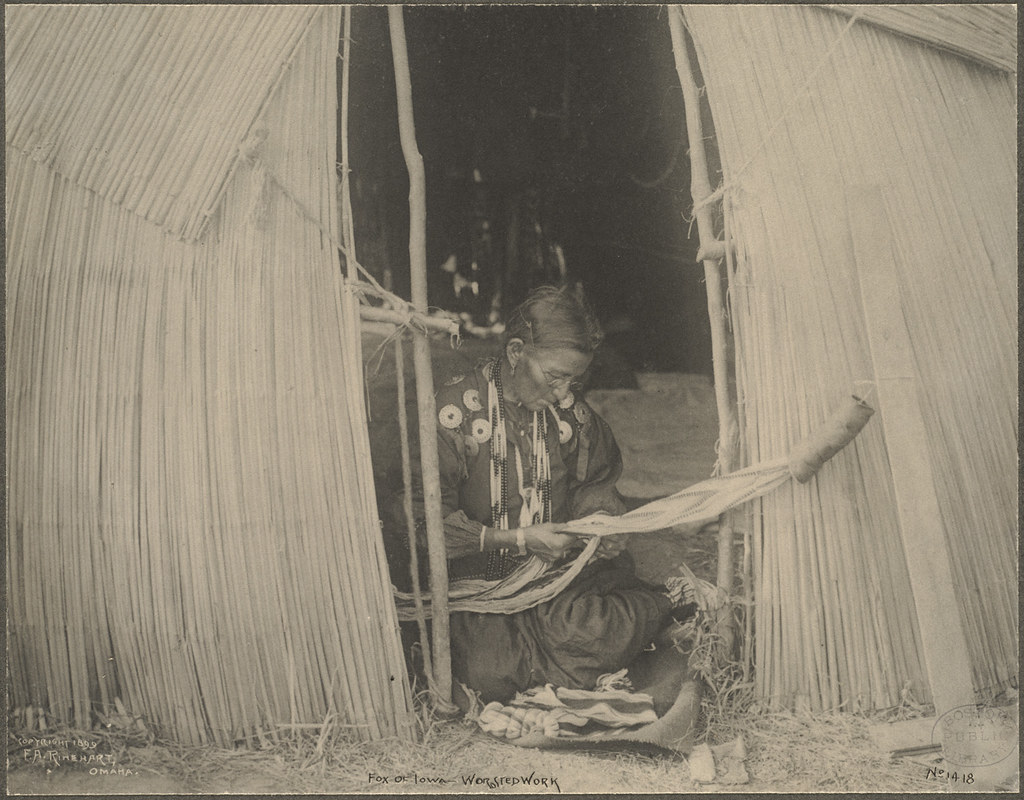
11. **Revealing the Lesser-Known Uses of ‘Worst’ as a Verb**Okay, prepare for the ultimate linguistic surprise! While ‘worst’ is primarily known as an adjective and can function as a noun or adverb, it also has a super cool, albeit less common, role as a verb! That’s right, ‘worst’ can actually *do* something. Who knew?!?
Our context clearly states that ‘worst’ can be used as a transitive verb, meaning it takes a direct object. And what does it mean when used this way? It simply means “to defeat; beat.” How cool is that? You can literally ‘worst’ someone or something, actively putting them in the position of being the ‘most bad’ in a competition or conflict.
The guide gives us a crystal-clear example: “He worsted him easily.” This isn’t about someone *being* the worst; it’s about someone *making* someone else the worst, by decisively beating them. It’s a powerful and concise way to describe a victory, especially one where the opponent is clearly outmatched.
It’s a bit of an older usage, perhaps not something you’d drop into casual conversation every day, but it’s absolutely valid and fascinating. It shows just how dynamic and multifaceted our English language can be, with words like ‘worst’ capable of transforming their roles entirely. So, next time you win an argument, you could technically say you ‘worsted’ your opponent – though they might need a grammar lesson to understand your victory!
***
Read more about: 14 Revolutionary War Films That Missed the Mark on History — A Deep Dive into Cinematic Liberties
Phew! We’ve navigated the tricky waters of ‘worse’ and ‘worst’ and come out on the other side as true grammar champions! From understanding their core comparative and superlative powers to dissecting nuanced idiomatic expressions and even uncovering their surprising roles as nouns, adverbs, and verbs, you’re now armed with the linguistic savvy to tackle these words with confidence. No more blank stares or second-guessing! So go forth, wield your ‘worse’ and ‘worst’ wisdom, and let your communication shine!


